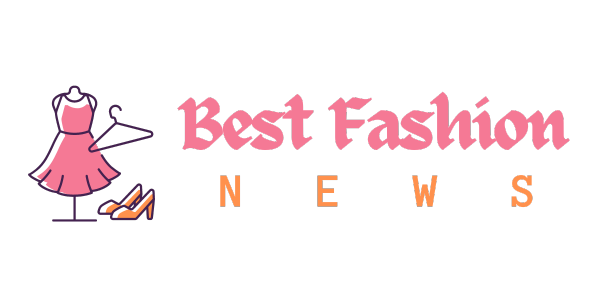Understanding performance marketing

Recognizing opportunities for strategic partnership
In the context of digital marketing, ‘strategic partnerships’ are most often defined by a deal between two (or more) parties where the desired outcome is a win-win for all concerned. Ideally a strategic partnership should be about synergy: all parties should come out of the relationship with more than any of them could have achieved alone.
One way to visualize a strategic partnerships is in a bricks-and-mortar ‘retail’ context: suppliers rent space in high-traffic department stores in order to sell their products or services to customers who visit that store. The store brings in the traffic, the supplier sells their wares, the customer gets more choice… everybody wins.
Online strategic partnerships usually go something like this
A large portal with 1 million visitors per day sells inventory (space) on its site to a travel company to advertise its products and special offers. In that scenario, the burden of risk is entirely with the travel company – they are paying to advertise on the portal’s website in the hope of attracting new customers. But wait a minute, isn’t that just a form of online advertising?
Yes, except that, in order to mitigate some of the risk, the travel company may negotiate with the portal to lower the cost of rental in exchange for certain incentives. The incentive could be exclusive products or offers for the portal’s users.
Because portal owners now have a vested interest they also agree to do some editorial and PR around the advertising to build up the partnership. Hold on though… doesn’t that smack a little of sponsorship? The burden of risk is still almost completely with the e-tailer. .
Tips on entering into strategic partnerships
Our advice to marketers seeking strategic partnerships with high traffic websites is as follows:
- Do not enter into long-term arrangements without fully testing the site first. This is the real beauty of digital marketing – the ability to test before you invest.
- If you do decide to go for a long-term deal, make sure this is going to be of ongoing interest to the end users. Vary the content, change your offers regularly, use seasonality or other features to mix things up. You don’t want to end up with the same message, day in, day out – except, of course, when it works!
- Talk to the site’s other strategic partners – find out how long deals have been in place and how they value the association. Ask them how they go about tracking performance etc. If possible, find out which strategic partnerships they no longer run on the site, and what happened. Marketers can be quite guarded with this kind of information, so you may not get it – but if you can overcome their reticence the information can be invaluable.
What is performance marketing?
This section covers performance marketing, an increasingly popular channel for brands within the digital marketing mix. In previous editions of the book I referred to this area as ‘affiliate marketing’ but like all things digital, the term has steadily evolved to be now more commonly referred to as ‘performance’. I am also very fortunate to have collaborated with Andrew Copeland on this chapter. This is the third time we have worked together over the last few years and in my opinion, no one understands more than Andrew about this subject:
Performance marketing is a relatively new term applied to an already established branch of digital marketing. Previously called ‘affiliate marketing’, the industry has rebranded itself to ensure that it delivers in name what it delivers in practice
Last word
Performance marketing, unlike other digital disciplines, is not a single medium or method of marketing. It is a way of utilizing any and all digital channels to market a brand’s products or services but where the brand only pays for the results achieved.





